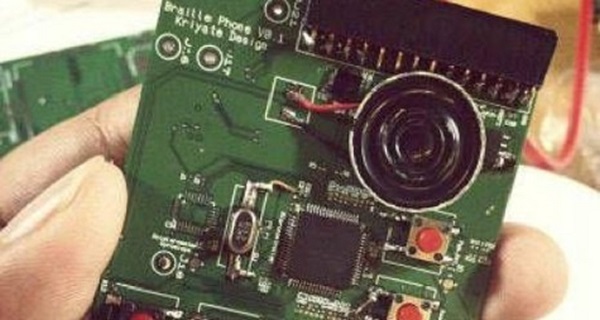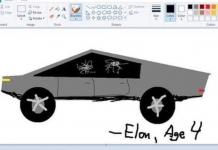Visually impaired people are not able to enjoy all the advancements of the mobile industry, but this does not mean that the pleasure to communicate should be taken from them.
Even though there have been several Braille smartphone concepts in the past, one of them being documented here, none made it to mass production. This makes the following product, which comes from an Indian manufacturer, the first of its kind. The country the first Braille smartphone was made should not surprise anyone, as India has the largest blind population. In 2007, out of the 37 million blind people across the globe, 15 million were in India. Since then, the numbers have certainly changed, and not for the better.

The Braille smartphone was envisioned by Sumit Dagar, whose company is about to “hatch” at the Centre for Innovation Incubation and Entrepreneurship (CIIE), which in turn is based at the Indian Institute of Management Ahmedabad, India. According to Dagar, it took the company three years to complete this innovative device, but considering the new elements the Braille smartphone brings to the table, I think it was worth it.

Blind people could make no use of a normal glass display. With this in mind, the developers created a special touchscreen that displays Braille impressions. Text and e-mail messages are converted into Braille, no matter what language they were initially written in. All this was achieved using the Shape Memory Alloy technology which implies that metals are able to remember their initial shape. The metals used in this groundbreaking type of display expand to create the Braille impressions and then come back to the default shape.

Moreover, the display includes pins that move up or down, in order to create the Braille characters or letters. As soon as the symbols or impressions are displayed on the touchscreen, blind people can touch them in order to decode the message.

Saying that the world’s first Braille smartphone is characterized by ingeniousness really is an understatement. I really hope that Sumit Dagar’s device will get mass produced in such a great amount that all blind people in the world benefit from one. Maybe his state-of-the-art display will get to be used in non-Braille phones, too, as I imagine that it is less power-hungry than todays quad-core beasts.
If you liked this post, please check the Braille smartphone concept that unfortunately, never made it to mass production, and the OOSH Braille watch.










